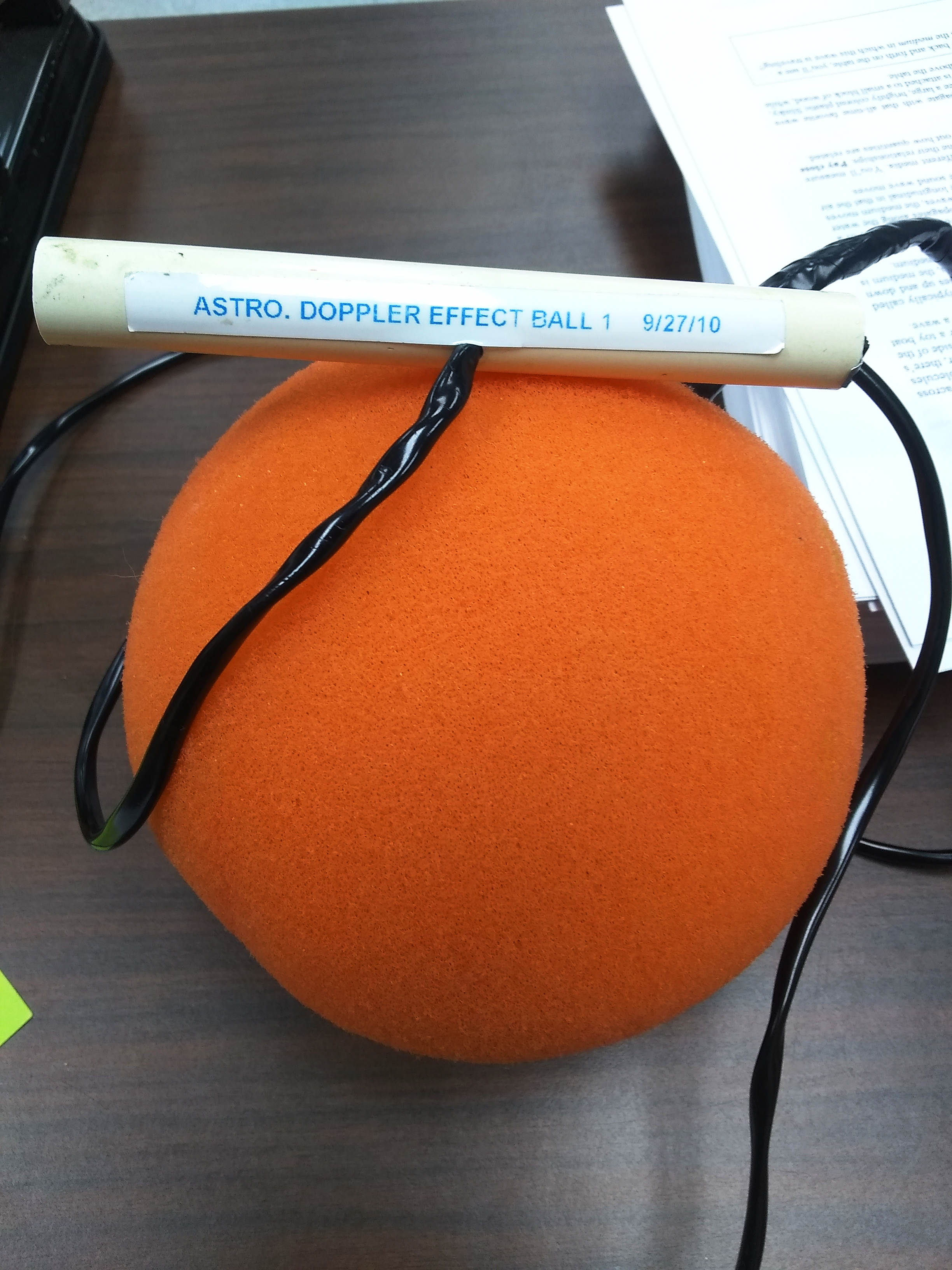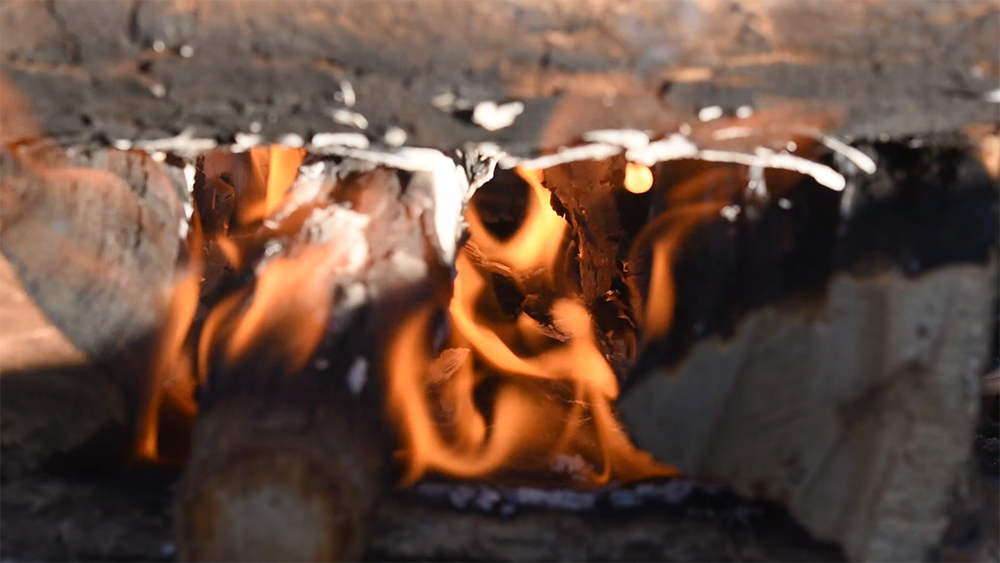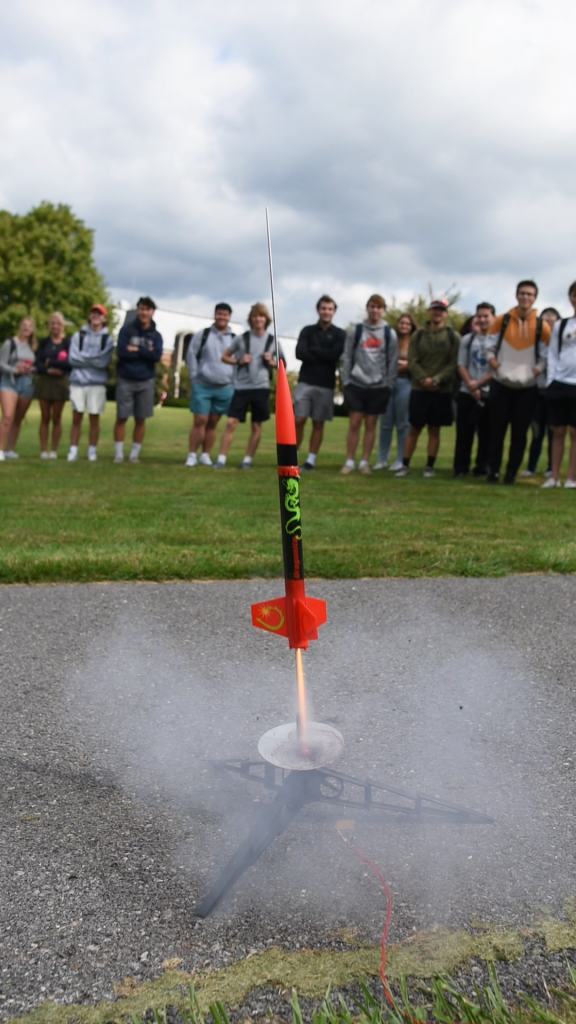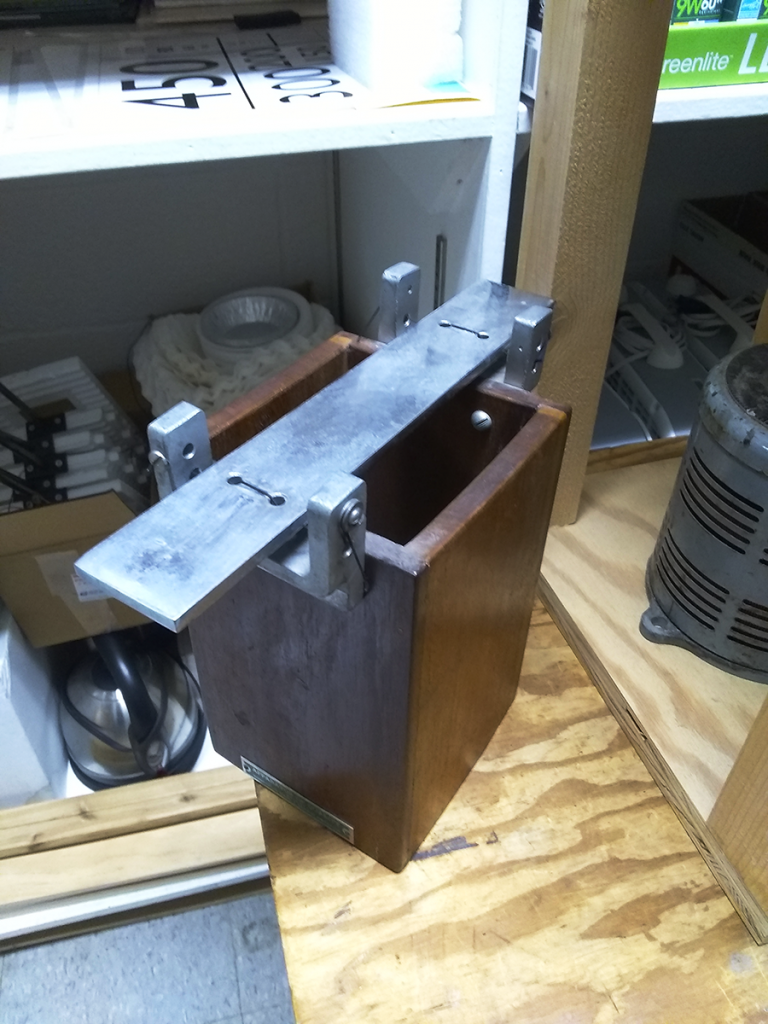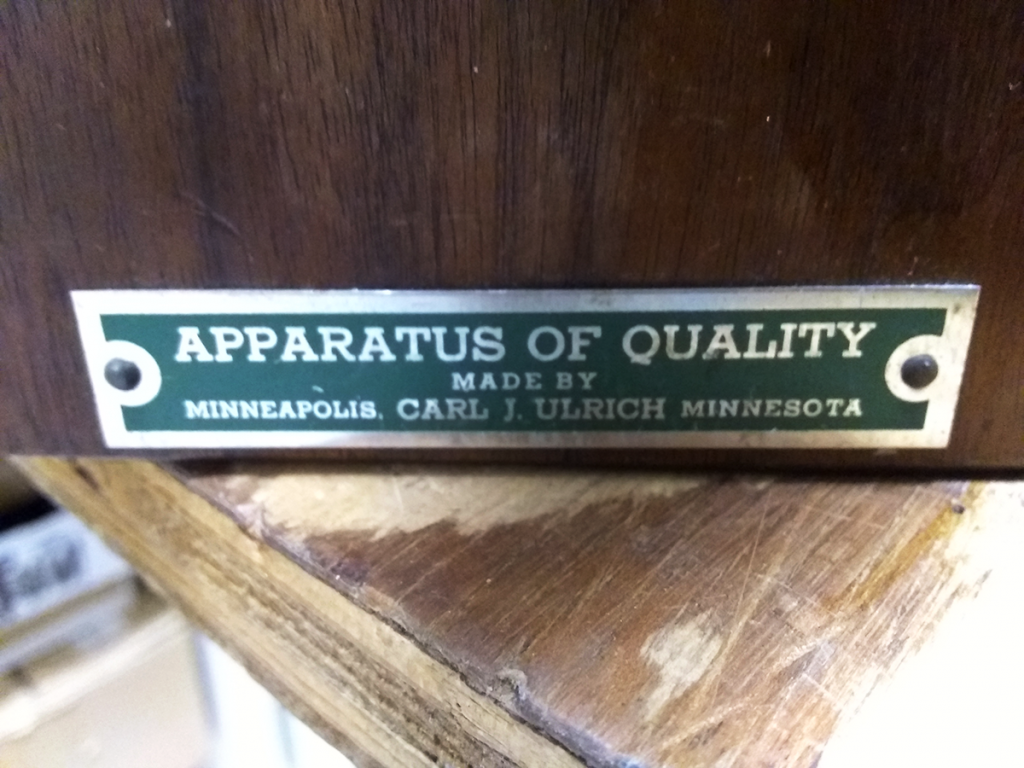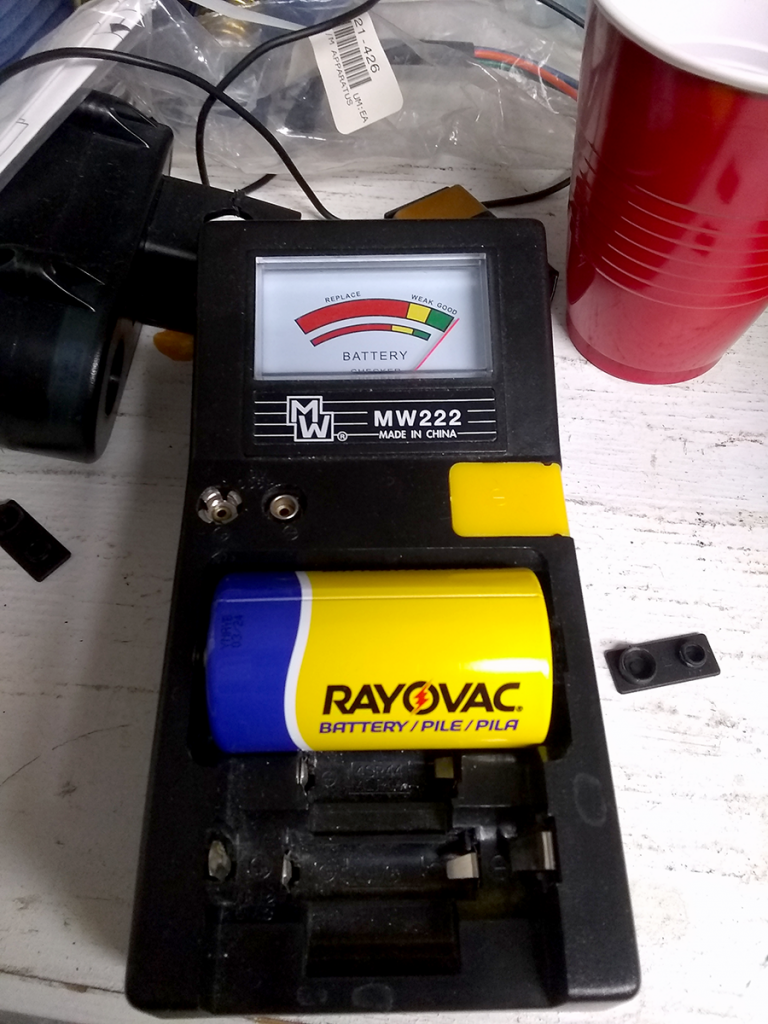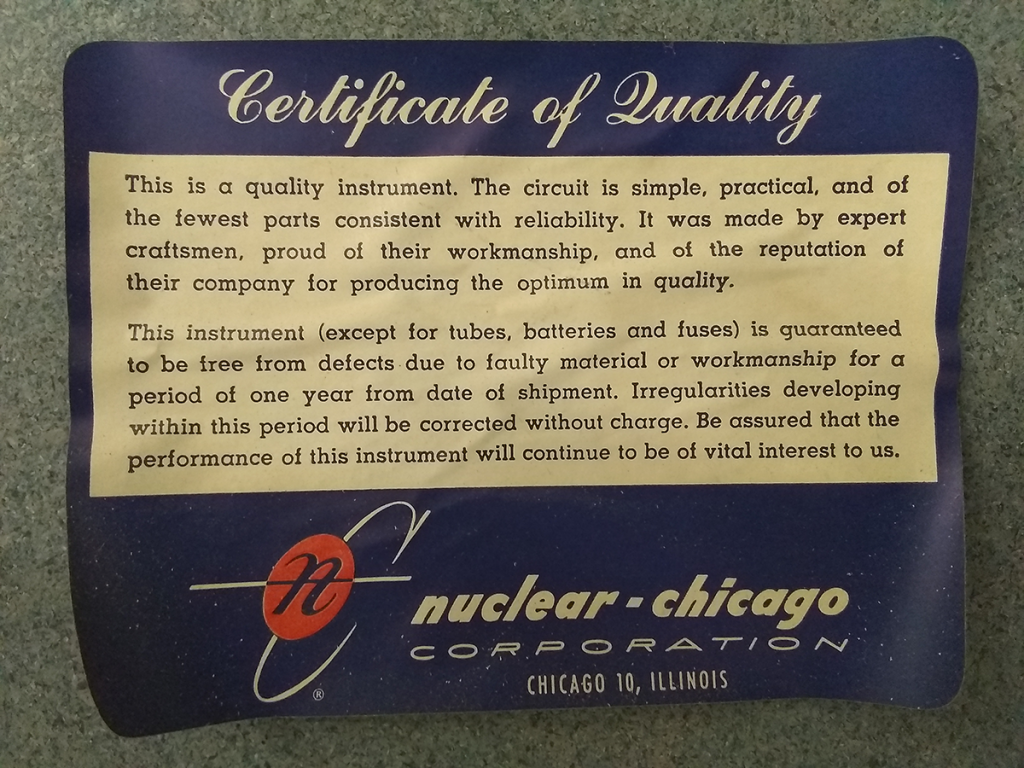
Thanksgiving break is nearly upon us, and the student body is desperate to extend their week-long break into something even longer. But classes are still in session! There are still amazing and exciting things to learn!
And we have toys to give away!
Annual tradition to encourage our introductory physics to stick around: problem session prizes. Puzzle games, fidget spinners, stretchy rubber toys, and some other unidentifiable plastic oddities that came in the variety packs. It’s a literal grab-bag of eye-searingly bright toys.
Have a happy Thanksgiving break!
